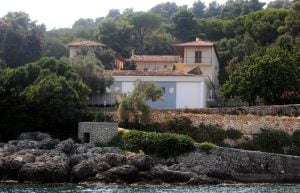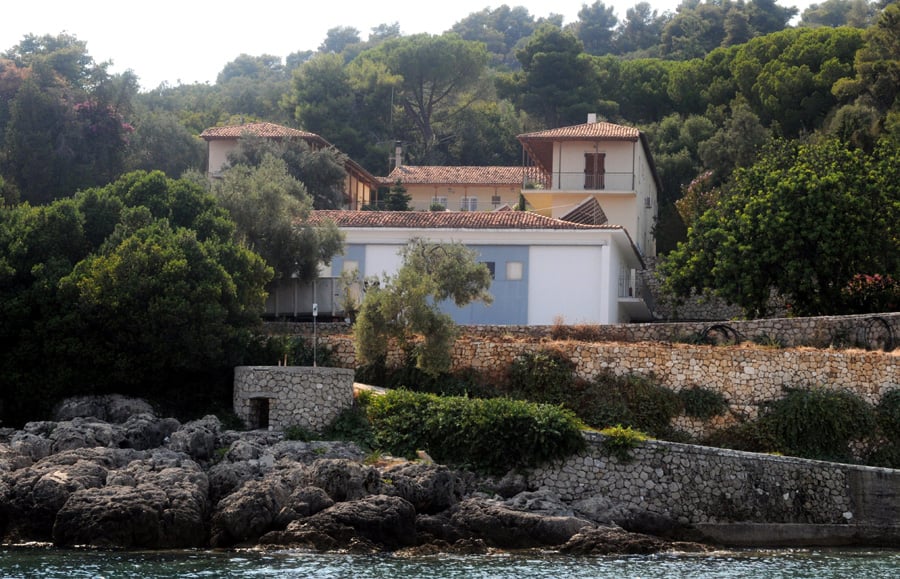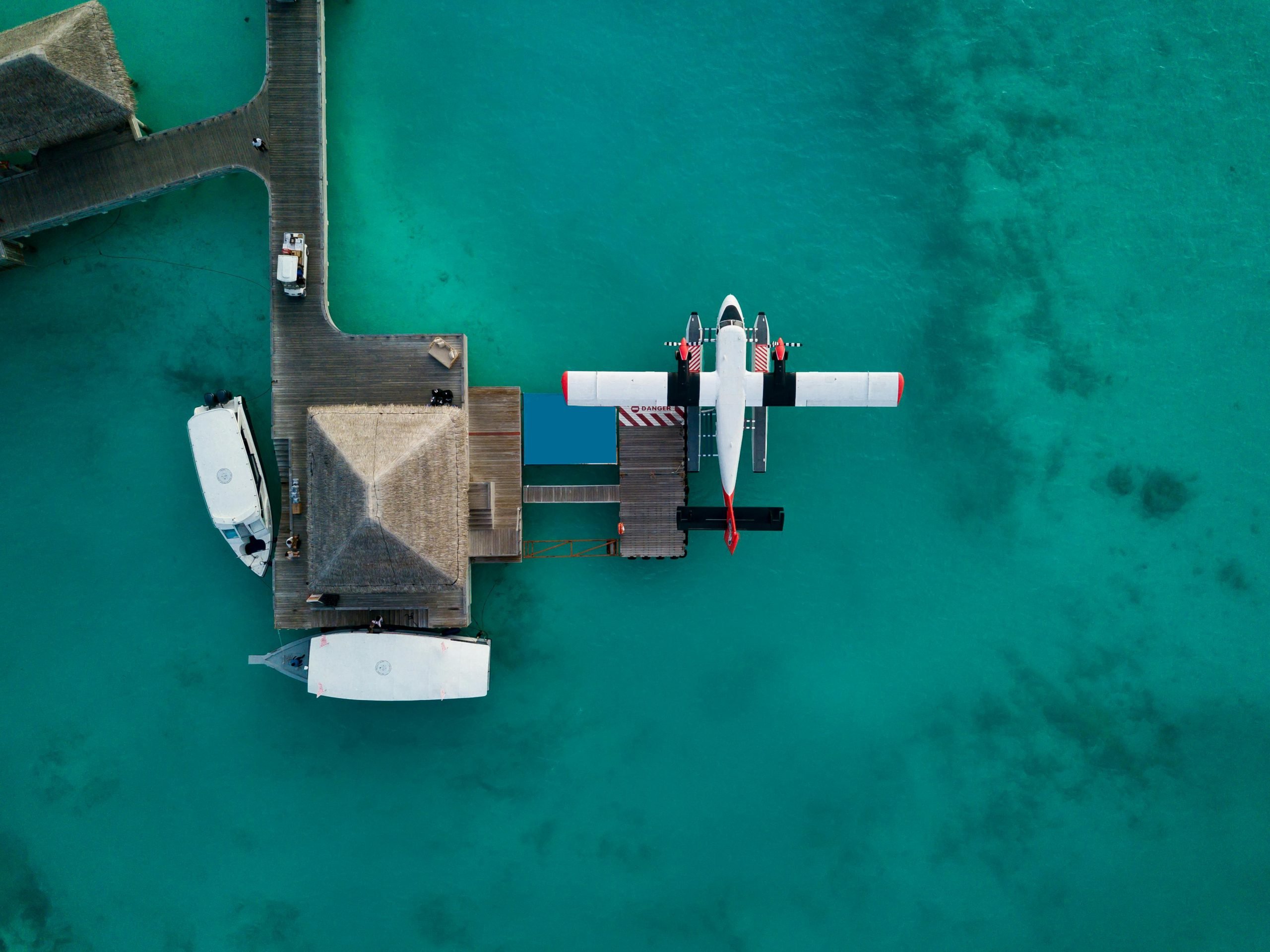It’s October. You might be settling back into the routine of work, thinking already about next summer’s holiday to Greece. But you might not need to wait as long as you think. Most Greek islands slow down in the winter months, from October to April. Beach bars close, hotels go quiet, and the number of tavernas open in town drops.
However, some Greek islands continue to be lively after the heat of the summer when tourists have left. This is especially true of islands that do not rely only on tourism, or which have a large student community. On these islands, the villages and towns will still be busy with live music, tavernas, and popular cafes throughout the winter.

The Advantages of Off-Season Travel in Greece
Greece’s islands are not only about the beaches. Many islands have archaeological sites, food markets, unique architecture, and religious festivals. These activities don’t require summer heat to continue. Especially as you go south in Greece, the winters become milder, so outdoor activities are still possible. Not to mention, prices and crowds are lower. In this article, we explore the most incredible islands in Greece to enjoy in the off-season.

Crete
Crete is farther south than most Greek islands, separating the Aegean from the Libyan Sea. It has a comfortable climate that makes it warmer in the winter months compared to northern islands in Greece. For example, the village of Myrtos in Crete has 320 days of sun every year, which make it the warmest place in Europe. The beautiful beaches of Balos, Elafonisi, Vai and Preveli are still comfortable for a swim in the fall and are enjoyable because you don’t have the same crowds compared to the summer. At the same time, on Crete there are opportunities in the autumn for hikers, climbers and mountain bikers. Then you can stop in a village in the hills for a delicious meal of roast goat and the local Raki.

Corfu
Corfu is also an excellent destination at any time of year. Although the coast can be filled with tourists, the interior of the island has untouched natural beauty that is beautiful in the fall. The Corfu trail crosses the island and features forests of juniper trees, lakes, and lots of olive trees. These natural sites are great to walk through in the spring and the autumn.
One of the best places in Corfu to visit in the off-season is the Erimitis peninsula, which is known for its biodiversity. When you visit Corfu’s towns, you will enjoy traditional dishes influenced by the Italians, like pastitsada (macaroni with rooster), which can be found in the village of Perithia or Corfu’s Venetian Old Town.

Andros
Andros is unique among the Cycladic islands as an autumn destination because unlike other nearby islands, Andros is very green and has few tourists. Even during the summertime, most visitors are Greek and the beaches never feel crowded. In the capital city of Chora, you can visit the mansions and museums that tell the story of the wealth of the Andros shipping industry. In the countryside, farmers might offer you fresh goat cheese or jars of preserved fruit, and the natural areas feature many unique birds and freshwater springs. To find the best way through the forest, Andros Routes is a great guide for the trails around the island.

Karpathos
Karpathos is one of Greece’s southernmost islands and is found between Rhodes and Crete. It is the ideal places to spend a peaceful winter holiday with hiking trails and mountain villages, and stunning landscapes. Because the island is so far south, the temperature does not usually drop below 13 degrees Celsius in the day, even in the winter. The central area of Karpathos is now declared a Natura 2000 protected site. Furthermore, if you are on Karpathos in November, you can join the tradition of olive picking, which has happened here since the times of ancient Greece.

Rhodes
Rhodes is part of the Dodecanese island chain, and is the biggest of this Greek island group. The population of Rhodes is about 98,000 people, and it is the most visited by tourists in the Dodecanese. Visitors are attracted to Rhodes because of the constant sunshine and its many beaches.
Rhodes is an ideal destination in Greece for the autumn and winter because it doesn’t get too cold. For example, from December to March, the temperature highs are usually between 10 and 15 Celsius. So you can continue exploring the sites of the island even in January or February. The towns of Kameiros, Ialyssos, and Lindos keep their beauty in the winter and are known for their picturesque architecture and pieces of Rhodes’ classical history.

Peloponnese
We admit it, the Peloponnese isn’t an island. But it definitely deserves the spotlight, because most tourists miss this hidden gem when they plan a visit to Greece. Located in the southern area of mainland Greece, the Peloponnese connects to the rest of Greece by the Corinth isthmus. Relative to the rest of Greece, the Peloponnese can be very quiet, making it ideal for a winter retreat. The temperature in the winter can be between 5 and 10 degrees Celcius, which is not warm but the land makes up for it with its beauty.
There are snow-capped mountains, ancient ruins, and plenty of walking trails. Some of the most popular ancient sites in the Peloponnese are the Temple of Apollo, Acrocorinth, and Mycenae, which are more comfortable to visit compared to the summer heat. The beaches of the Peloponnese, especially the further south you go, will not have any tour groups in the winter. Nafplio and Monemvasia are great stops for couples because they are considered some of the prettiest towns in all of Greece.

Other Considerations
Winds can be strong in the winter in Greece and ferries can sometimes be stopped. While this is not common, it’s an important consideration when booking your trip. Also there are fewer ferries in the winter, and some smaller islands will have limited connections to nearby large islands with airports.
Despite these travel inconveniences, the beauty of Greece in the autumn and winter is definitely worth discovering. You will see sites that the average tourist will miss, and you will become part of the local Greek life.


































